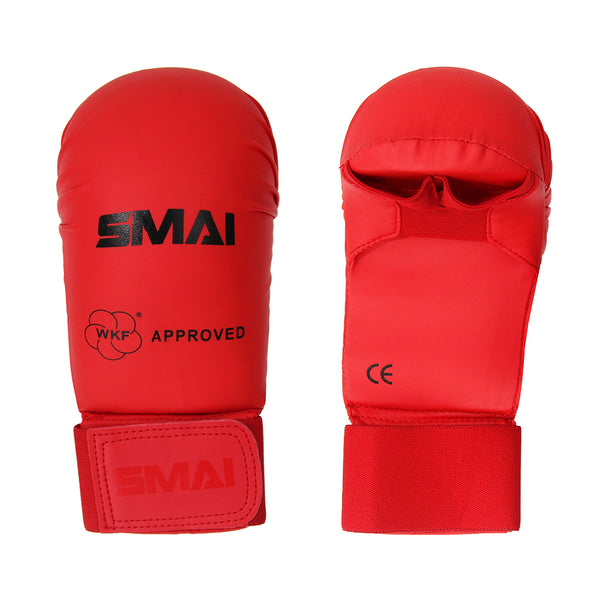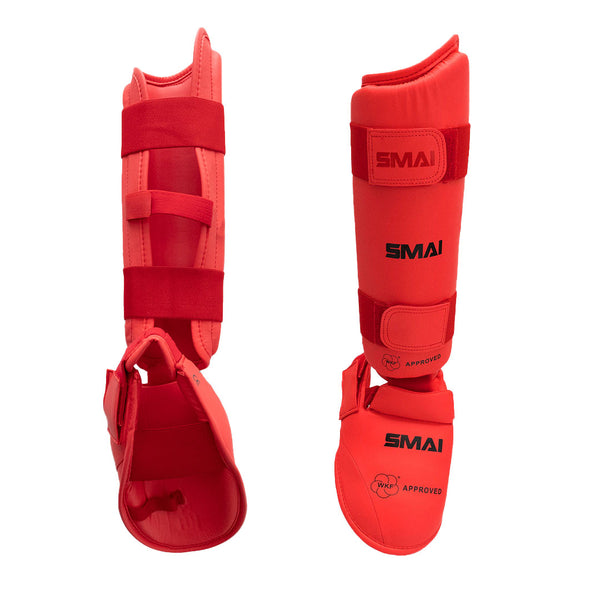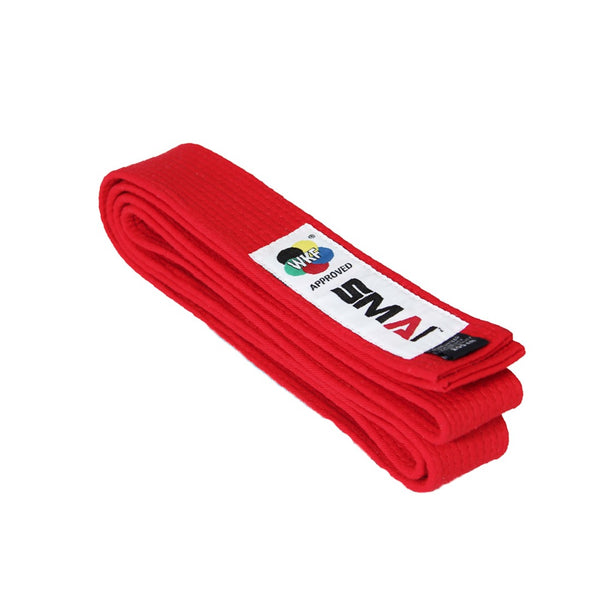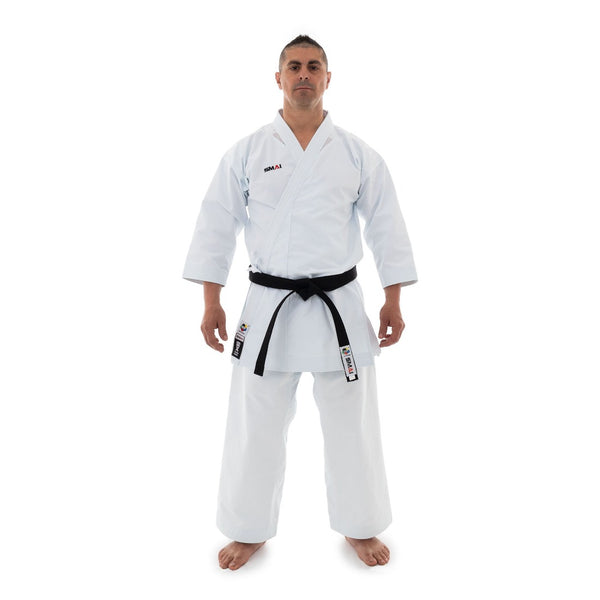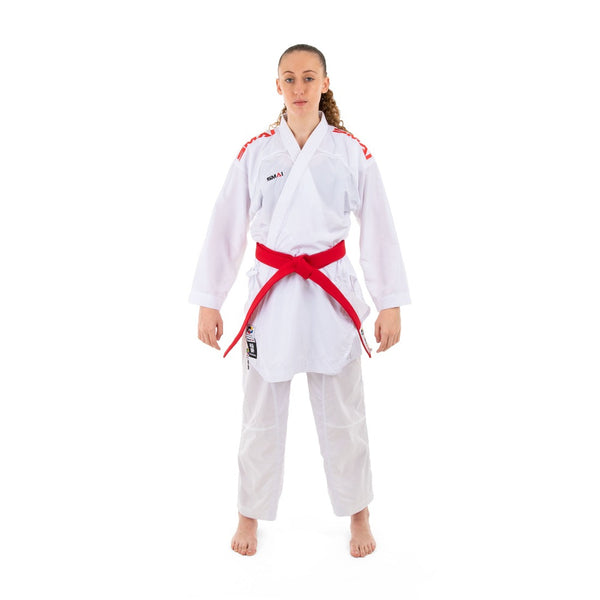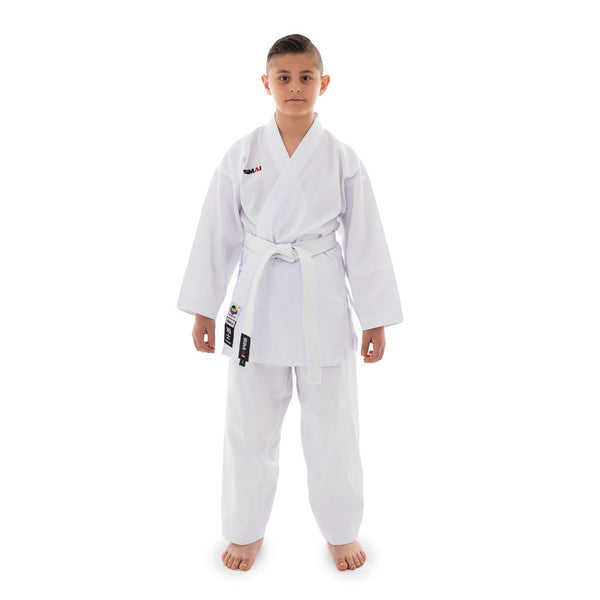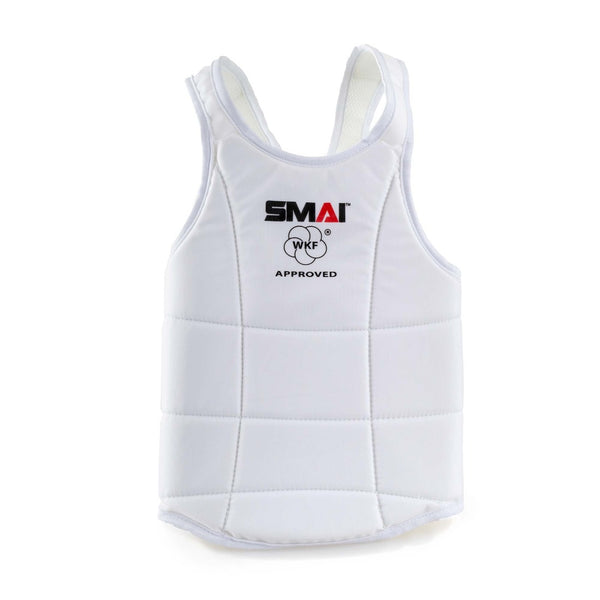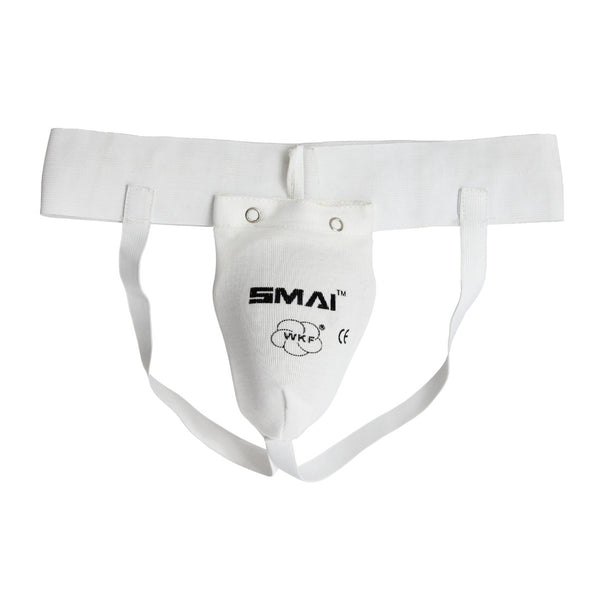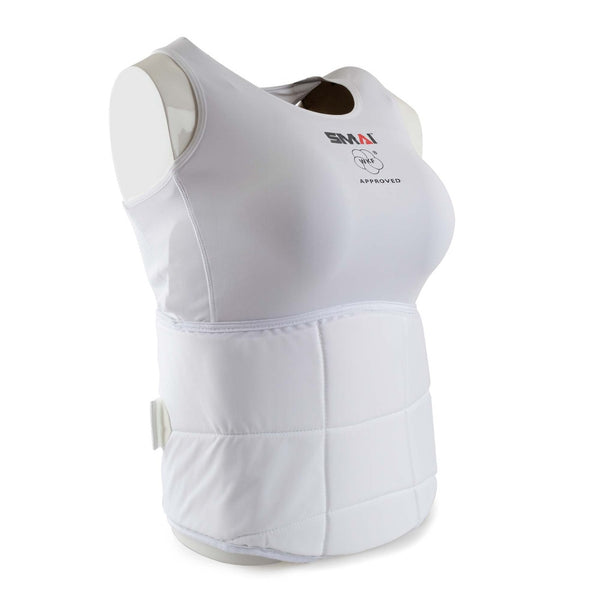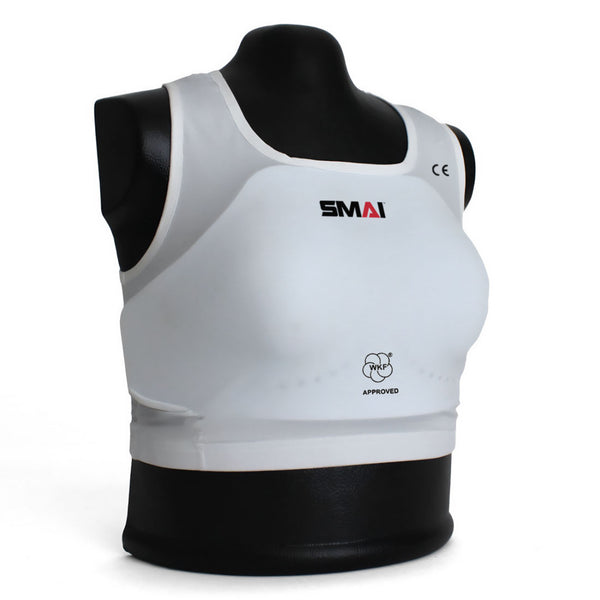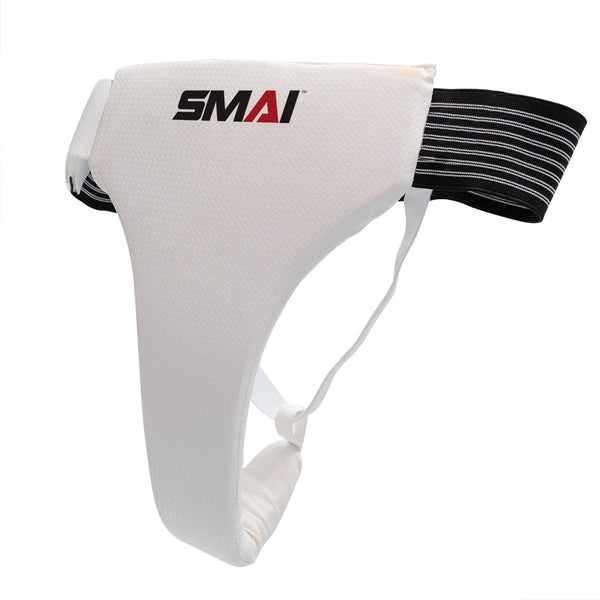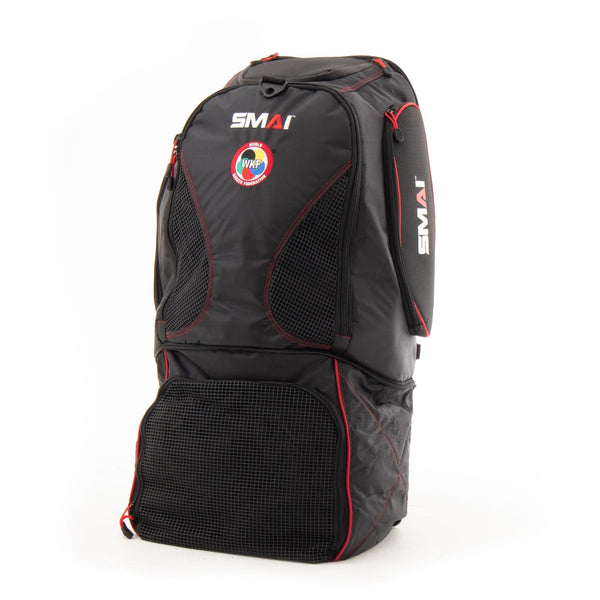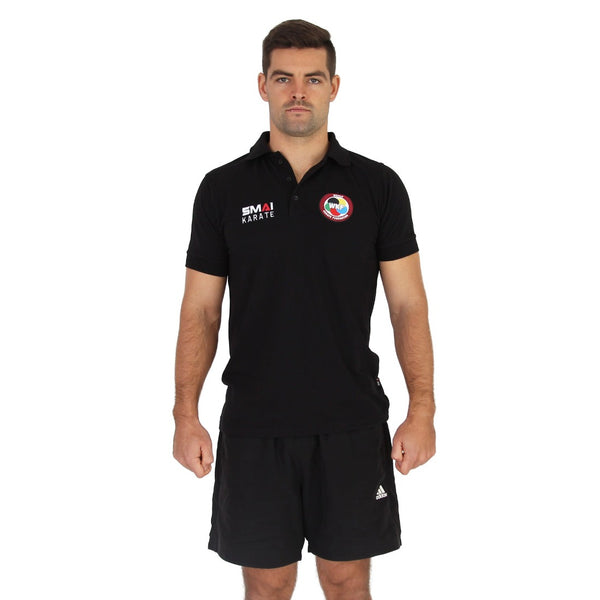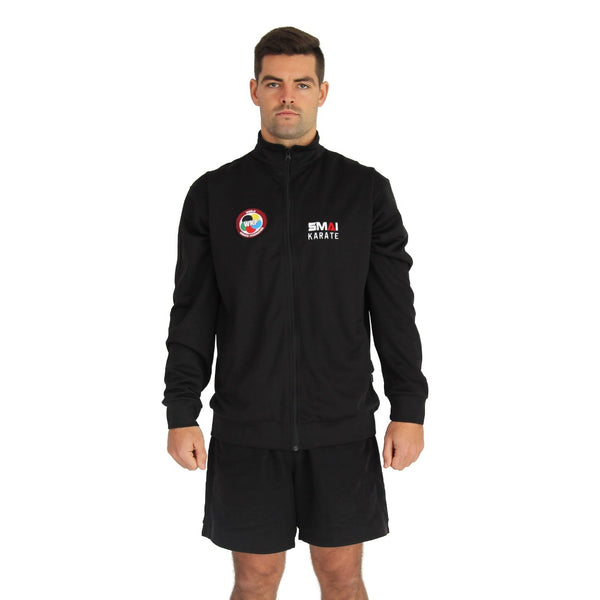SMAI ATHLETE SAJAD GANJZADEH: 2020 GRAND WINNER, AND TOKYO 2021 OLYMPIC ATHLETE
Karate will make its official Olympic debut at the Tokyo 2021 Games, marking the sport's first appearance at the Summer Olympics.
With its birthplace in Japan, it is fitting to see karate begin its Olympic journey in its country of origin. Karate, meaning 'empty hand', is a Japanese martial arts practice focused on self-defence and counterattacks. Empty hand refers to the unarmed nature of karate.
Our guide to karate at the Tokyo Olympics will explain how the competition will work, what to expect and how you can watch the tournament.
TOKYO WILL BE KARATE'S FIRST APPEARANCE AT AN OLYMPIC GAMES
HOW WILL THE KARATE TOURNAMENT AT THE TOKYO OLYMPICS WORK?
The Olympics will feature two styles of karate: Kumite and Kata. The Kumite competition will feature 60 karatekas (karate practitioners) across men's and women's weight divisions, while the Kata competition will feature 20.
WHEN DOES THE TOKYO OLYMPIC KARATE COMPETITION START?
The karate competition at the Tokyo 2020 Olympics will be held from 5-7 August 2021 at Nippon Budokan.
WHAT IS KUMITE AT THE TOKYO OLYMPICS?
Presenting the sport's fighting elements, Kumite feature two karatekas competing against each other. The Kumite division will operate within a weight class system. Two competitors face off in a Kumite match, each armed with gloves and foot protection. Athletes use punches, kicks, and strikes for three minutes to score points. The Olympic karate competition is a non-contact event, and athletes must maintain impeccable self-control and precision in all movements, stopping their actions abruptly before touching their opponent in order to score points and avoid warnings or penalties.
| WOMENS KUMITE WEIGHT CLASS | MENS KUMITE WEIGHT CLASS |
|
- 55kg |
- 67kg |
|
- 61kg |
- 75kg |
|
+ 61kg |
+ 75kg |
The karateka who has scored eight points more than their opponent is considered the winner. If this does not occur, the athlete who has the most points at the conclusion of the fight wins. In a tie, the competitor who scores the first unopposed point wins.
Earning points:
- Three points (Ippon): kicking and hitting the opponent's neck or head or applying any technique to a fallen opponent.
- Two points (Waza-ari): applying a kick to the opponent's stomach, torso, back, or side.
- One point (Yuko): delivering a closed hand punch or strike to the opponent's head, neck, stomach, torso, back, or side.
Striking below the belt is strictly prohibited. Karatekas must always control strength, and fighters receive warnings if they hurt their opponent. Points may be lost when making contact with an opponent. If an injury is severe, it can lead to disqualification. Knocking an opponent down to the floor without attempting to strike them is also subject to punishment.
Warning levels:
- First (Chukoku): for performing a first-time minor breach.
- Second warning (Keikoku): for the same minor breach or for committing a first-time medium breach.
- Third warning (Hansoku-chui): for performing the same minor breach for the third time, the same medium breach for a second time, or committing a major first time breach (usually unnecessary contact under the belt or to vital parts, truly injuring the opponent).
- Fourth and final warning (Hansoku): inflicting severe harm on the team score as a whole. The opponent receives the victory.
Warnings and penalties are divided into two categories: the first being unnecessary and/or illegal contact, the second being for technical violations, such as leaving the koto (combat area) or faking an injury to result in the referee issuing a warning to the opponent.
SMAI ATHLETE, ALI ELSAWY WILL REPRESENT EYGPT AT THE TOKYO OLYMPICS
WHAT IS KATA AT THE TOKYO OLYMPICS?
Demonstrating offensive and defensive movements against a virtual opponent, the key features of Kata performances include the strength, rhythm, balance and power of strikes and kicks. Competitors are evaluated based on the strength and accuracy of their techniques. Karatekas cannot perform the same Kata twice during a competition; thus, strategy when selecting the Kata plays a significant role. Unlike conventional competition regulations scored using a flag system, the Olympic judges adopt a point system to assess the competitors' technical performance. Techniques, timing, breathing, and physical performance (strength, speed, and balance) are considered when judging Kata performances.
strength, rhythm, and balance are key features of kata performances
HOW TO WATCH THE KARATE EVENT AT THE TOKYO OLYMPICS
In Australia, channel 7 will be broadcasting across 3 channels, 7, 7Two and 7Mate and live streaming the event via their website.
In the United States, NBC will be broadcasting and streaming via their dedicated olympic website.
Throughout Europe, Eurosport will be broadcasting the event.
A full list of broadcasters through Asia, South America and more can be found here.
